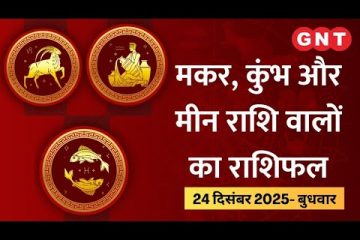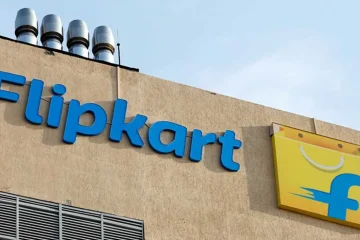Understanding the Rush in Urban Traffic

Introduction
The term ‘rush’ is commonly associated with urban life, particularly during peak traffic hours when commuters flood the roads in a race against time. This phenomenon significantly affects not just daily routines but also has broader social and economic implications. Understanding the dynamics of rush hour traffic is essential as urban populations continue to grow, especially in cities like Mumbai, Delhi, and Bangalore, where congestion is becoming a daily challenge.
Why Does the Rush Hour Happen?
Rush hour typically occurs in the early morning and late afternoon when employees commute to and from work. In metropolitan cities in India, particularly, this has been exacerbated by rapid urbanization and population growth. According to the Indian Urban Transport Institute, a staggering 60% of urban transport trips occur during these peak hours, leading to significant delays and frustration among commuters.
Impact on Daily Life
This daily rush has palpable effects on people’s lives. Over 50% of commuters reported that prolonged travel times during rush hours result in increased stress and reduced productivity at work. Moreover, traffic congestion contributes to a considerable amount of air pollution, affecting health outcomes in urban populations. Various studies indicate a strong correlation between high traffic volume during rush hours and increased respiratory ailments among city dwellers.
Recent Developments
Local governments are addressing the issue of rush hour traffic by introducing various measures. For instance, the Delhi government has successfully implemented a carpooling initiative aimed at reducing the number of vehicles on the road. Additionally, public transport systems, such as the Mumbai local trains and the Delhi Metro, are expanding their services during rush hours to accommodate the surge in commuters. There have been trials of staggered work hours among large corporations to distribute the flow of traffic more evenly throughout the day.
Conclusion
The phenomenon of ‘rush’ in urban areas is more than just an inconvenience; it embodies the challenges faced by rapidly growing cities in India. Addressing this issue requires a collective effort from government bodies, corporations, and citizens alike. As cities continue to expand, innovative solutions are the need of the hour. By improving public transport options, encouraging sustainable practices, and exploring advanced traffic management technologies, the future could see a significant reduction in the chaos of rush hours, leading to improved quality of life for all urban commuters.









